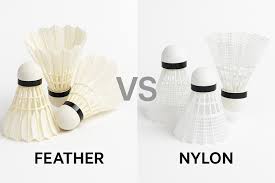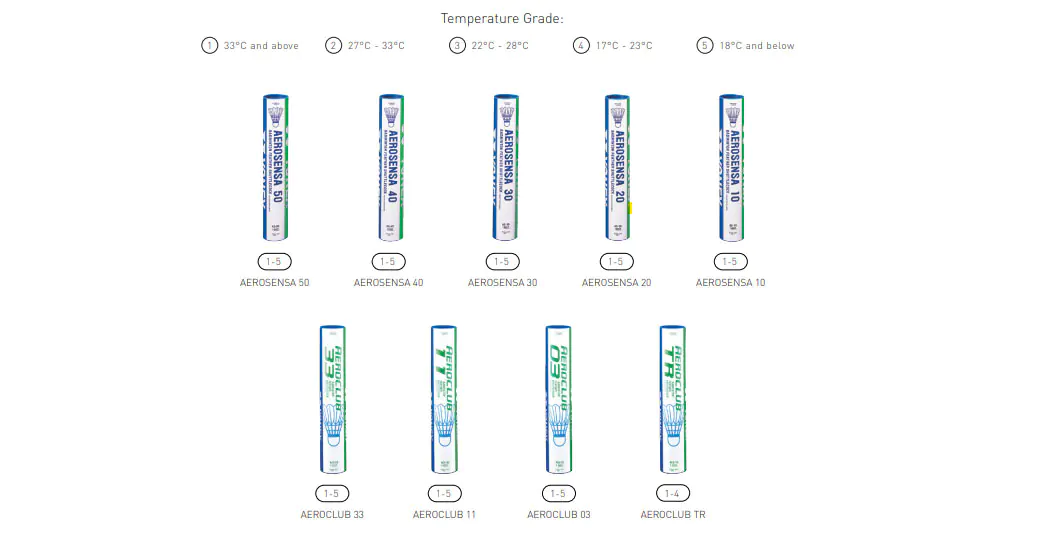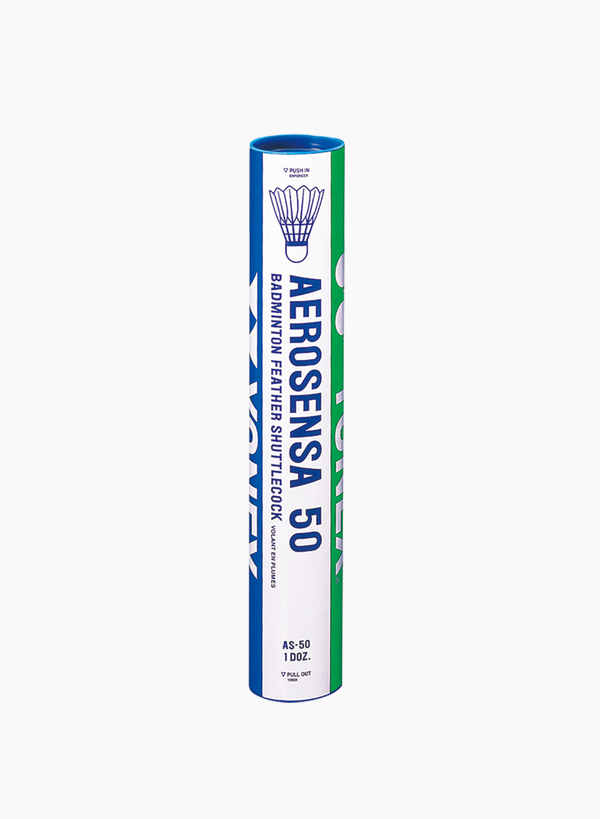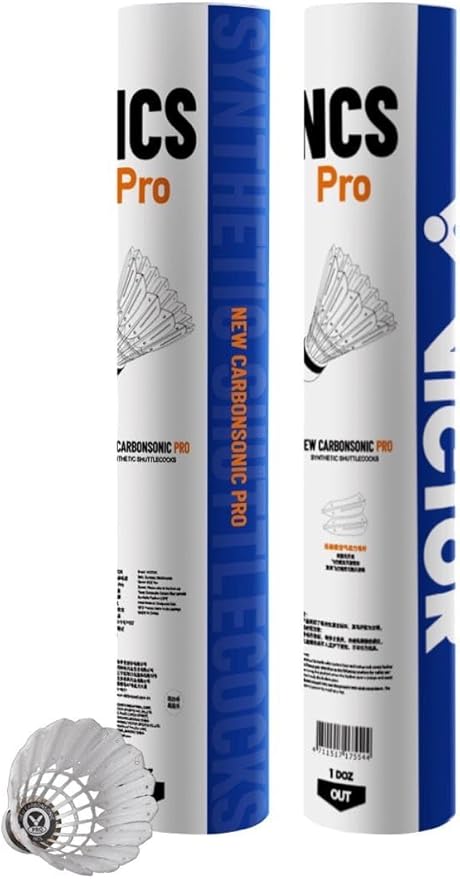Clubs must balance performance, durability and budget when selecting shuttlecocks. Feather shuttles offer excellent flight and feel — preferred for tournaments — while synthetic (nylon) shuttles are far more durable and cost-efficient for weekly socials. This guide helps clubs pick the right option based on use-case.
Feather shuttles
Advantages: superior flight stability, consistent speed, better control on attacking shots. Disadvantages: fragile (damaged feathers), higher per-shuttle cost, sensitive to humidity. Best use: competition and high-level practice where play quality is prioritised.
Synthetic shuttles
Advantages: durable, weather-resistant, lower long-term cost. Disadvantages: slightly different flight characteristics and feel compared to feather. Best use: social sessions, beginner coaching and club training where replacing shuttles frequently is impractical.
Practical club tips
- Use synthetic for socials; reserve feather for competition events.
- Buy in bulk from reputable suppliers and test a small batch before committing.
- Store shuttles in a cool, ventilated area; avoid extreme humidity swings.
Ultimately, many clubs run a hybrid approach — synthetic for regular sessions and feather for competition days. Test both types with your members and ask for feedback
Ultimately, many clubs run a hybrid approach — synthetic for regular sessions and feather for competition days. Test both types with your members and ask for feedback to find the best balance for play quality and cost.
Shuttlecock Guide — Types, Speed & Care
Feather vs Nylon (Synthetic)
Feather shuttles (usually goose or duck feather) are used for tournament play — they offer superior flight characteristics, a sharp drop and predictable spin but are more delicate and break sooner. Nylon (plastic) shuttles are durable, cheaper, and great for training where longevity matters.
Illustration: comparison of feather and nylon shuttle behaviour.

Shuttle Speed & Climate
Shuttle speed is affected by temperature, altitude and humidity. Most feather shuttles are labelled (e.g. 77, 78) — higher numbers fly faster. In hot/humid conditions shuttles fly faster; in cold weather choose a slightly slower shuttle.
- Hot / high altitude: consider a lower speed shuttle.
- Cold / low altitude: choose a higher speed shuttle.

How to Test a New Shuttle
- Warm it up: hit a series of gentle clears and drop shots to seat the feathers.
- Check flight: a good feather shuttle will travel true and drop predictably — try a few overhead clears and a smash.
- Durability test: use a few fast drives; if feathers fray immediately, keep it for practice only.
Recommended Shuttles (Examples)

Feather — High-level match
Examples: Yonex / Victor premium feathers. Use for tournaments and league matches.

Nylon — Training
Durable, cost-effective — great for club sessions and beginners.

Hybrid Options
Some synthetic shuttles replicate feather flight more closely — good middle ground for long sessions.
Shuttlecare: Storage & Maintenance
- Store feather shuttles in a cool, humid environment (a small humidifier or keeping in a slightly moist area extends life).
- Avoid direct sunlight and heat — it makes cones and feather stems brittle.
- Rotate your stock: use older shuttles for drills and keep fresh ones for matches.
- Inspect corks for dents; damaged corks and broken feathers reduce flight quality.
Drills & Practice Using Different Shuttles
Varying shuttles in practice improves adaptability:
- Use nylon shuttles for endurance and repetition drills.
- Use feather shuttles for precision drills (net shots, drop shots).
- Run mixed drills: switch shuttle type mid-session to train shot adaptation.
Images: replace /img/blogs/shuttles/* with your preferred product shots. These images are placeholders to illustrate the longer article.